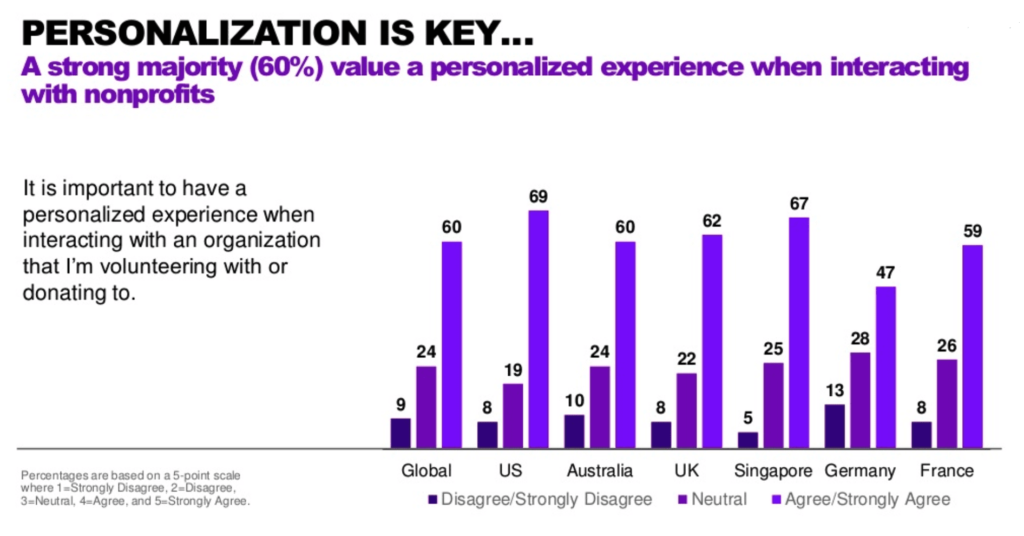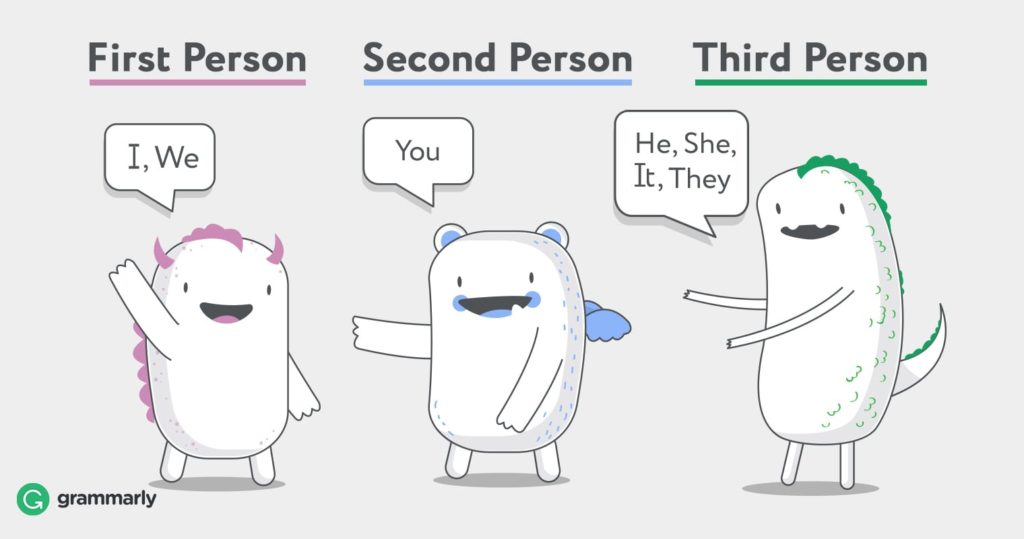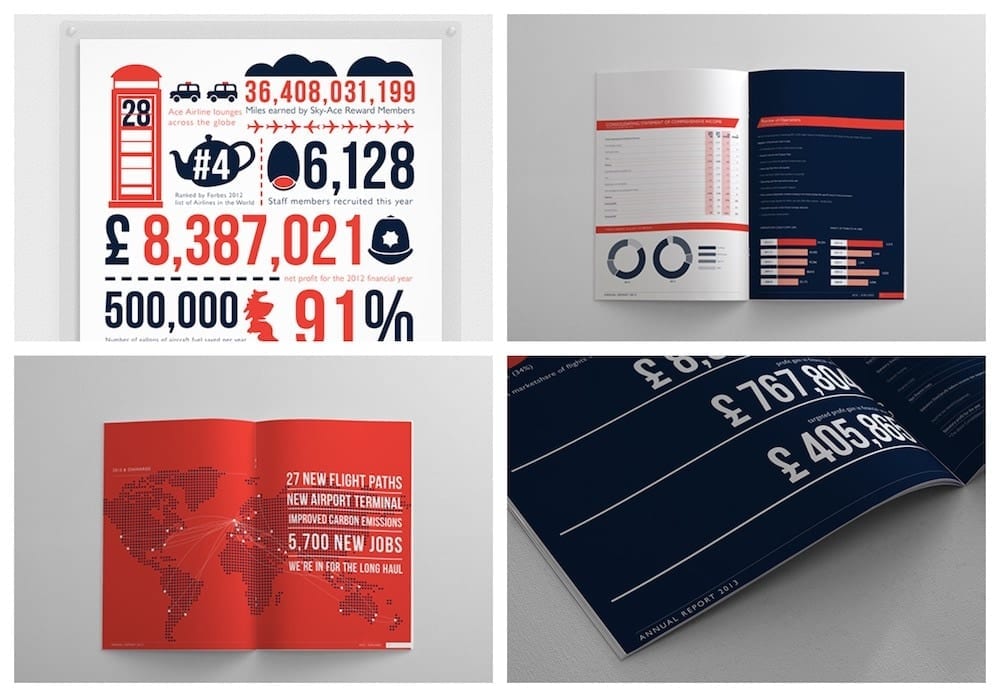How to Write the Ultimate Annual Appeal Letter
Annual appeal letters are the biggest donation opportunity for many nonprofits. Learn some tips and tricks to make sure your annual appeal helps you go beyond your goal.

Annual appeal letters are the biggest donation opportunity for many nonprofits. Learn some tips and tricks to make sure your annual appeal helps you go beyond your goal.

Annual appeal season is like the Super Bowl for nonprofits. From organizing events to marketing your nonprofit, you’ve been working hard all year. Now’s the time to show your donors why you’re worthy of their dollars.
Unlike writing grants, your annual appeal letter is all about storytelling.
Sharing how well you performed fiscally is important, but it’s not the most important. Jeff Brooks put it best when he said, “Donors give to express their values, not to your organization.”
So, to help you reach your year-end goals, we’ve worked up a list of tips to help you capture donor’s hearts and convert sentiment into filled-out donation forms and online donations. We’ve even included some annual appeal letter sample excerpts to use as inspiration.
“Donors don’t give to institutions. They invest in ideas and people in whom they believe …”
~ G.T Smith
A charitable donation study conducted by marketing professor Deborah Small at Wharton evaluated two donor “asks.”
The first ask explained what donor dollars would go to on a large scale—in this case, ending hunger in Malawi. The second told the story of a single girl, Rokia, who lived in Malawi. It detailed how the donations would directly improve the quality of her life.
The results of her study showed that donors were overwhelmingly drawn to Rokia’s story, and chose to donate based on that. The conclusion? Appeals to the heart are more successful than appeals to the head.
While your organization may be doing a bunch of wonderful things, focusing your annual appeal on one story—one child, family, or individual—will resonate more with your audience.
Tackling world hunger is a problem that may feel too big to solve. But making sure one child goes to school well-fed every day is something your donors can feel confident about putting their dollars behind.
When you’re sending out hundreds, even thousands of annual appeal letters, the personal touches matter. At the most basic level, make sure your donor management software allows you to input each donor’s name through custom fields.
But feel free to take it a step further. Mention how much a donor has contributed in the past. If they donated around the holidays, invite them to pledge monthly to sustain their impact throughout the year. If you have a record that they’ve volunteered with you before, thank them again for their time and effort.
If a donor feels like you see them as a person, not a check, it will strengthen the bond and result in a higher probability of creating a lifelong supporter.

Just because this is an ask doesn’t mean you shouldn’t take time out of the letter to thank your donors for their past support. After all, charitable contributions are voluntary.
Being a patron of your organization naturally sets donors above and beyond the call of duty. Taking every opportunity to thank them for that is important.
In the context of your own work, what would it be like to never receive positive feedback? It would feel pretty cruddy, and you’re getting paid for the work you do.
Donors always love to hear that you appreciate their contributions, so let them know in your letter.
This tip is worth calling out because it’s not always the most natural to write in the second person POV (point of view). Your annual appeal is going out to many people, but you want it to feel like it’s only going to one.
However, research on copywriting for nonprofits shows that involving the donor with your choice of POV has a huge impact on how connected they feel to your ask.
Try using phrases like, “We’re in this together,” “We want to work with you,” and so on and so forth. Writing in the second person is the easiest way to promote the BOY (Because of You) mentality that makes donors feel important.
“Because of you, X children now have school lunch….” This phrasing does more than make the donor feel good and important. It also instills a sense of urgency that operations can’t continue without their donation.

While the goal is to have people donate as much as possible, having tiers that focus on giving is a great way to make sure you don’t come in under what you need. A great way to give people a framework to understand your operating costs is by putting your ask into context.
Consider the difference between these two solicitations:
“Please open your hearts and donate what you can to rescue dogs in the Charlotte, NC area.”
“Because of you all, we saved 900 dogs from euthanasia last year. This year, if you pledge to donate just $25 a month, you will have personally saved 8 dogs! Your monthly donation will go towards covering the cost of food and necessary medical intake treatments.”
In the second example, you’re showing the donor what they “get” with their investment and the direct impact that it has on a local level.
While donors often appreciate a cohesive message, it also benefits you as an organization to operate your entire annual appeal campaign with a theme in mind. Themes help you focus on one singular message or purpose (something we’ve indicated is important several times already).
Think about your big fundraising events. Would you host your annual luncheon without a singular message used to package it all?
Theming your mailer from start to finish (including photos, general appearance, and message) will make it seem like the big deal that it is. This fanfare can inspire donations, specifically pledges, for your year-end campaign.

When you’re in fundraising campaign mode, it’s easy to default to telling people what you need.
Following along with the psychology of the donor that we’ve established, it doesn’t really help you to go down this route.
Instead, focus your ask on the potential benefits of donating. This keeps things positive and fosters an inspiring environment that makes people want to give.
For example, instead of a call to action like this: “We’re in desperate need of funds for children’s medical costs,” phrase it like this:
“By donating $100, you can help pay for medication for a child who’s waiting for it now. Your donation covers one child’s chemo and brings them a step closer to remission.”
Doing good in the world is its own reward. Highlighting that reward for your donors will help inspire their generosity more than making a simple donation request would.
With any donor requests or communication, it’s important to keep your writing simple and easy to understand. As a rule of thumb, you’re encouraged to write your annual appeal so that a middle schooler could read and understand it.
It’s especially important that you favor simple and emotional words over complex turns of phrase. Your annual appeal letter is going out to perhaps your broadest audience yet, so take special care to ensure it’s your most inclusive and accessible copy.
With 28% of nonprofits raising money between 26-50% of their annual funds from their year-end ask, the pressure is on to perform.
Need more fundraising ideas? Check out these tools and tips:
Meghan Tocci is a content strategist at SimpleTexting. When she’s not writing about SaaS, she’s trying to teach her puppy Lou how to code. So far, not so good.
More Posts from Meghan TocciWhen Filmraiser began using texting to sell tickets to their movie screenings it completely revolutionized the way they fundraise.
ReadLearn what programs and tools offer free or discounted services for nonprofit organizations.
ReadStart a text marketing campaign or have a 1-on-1 conversation today. It's risk free. Sign up for a free 14-day trial today to see SimpleTexting in action.
No credit card required